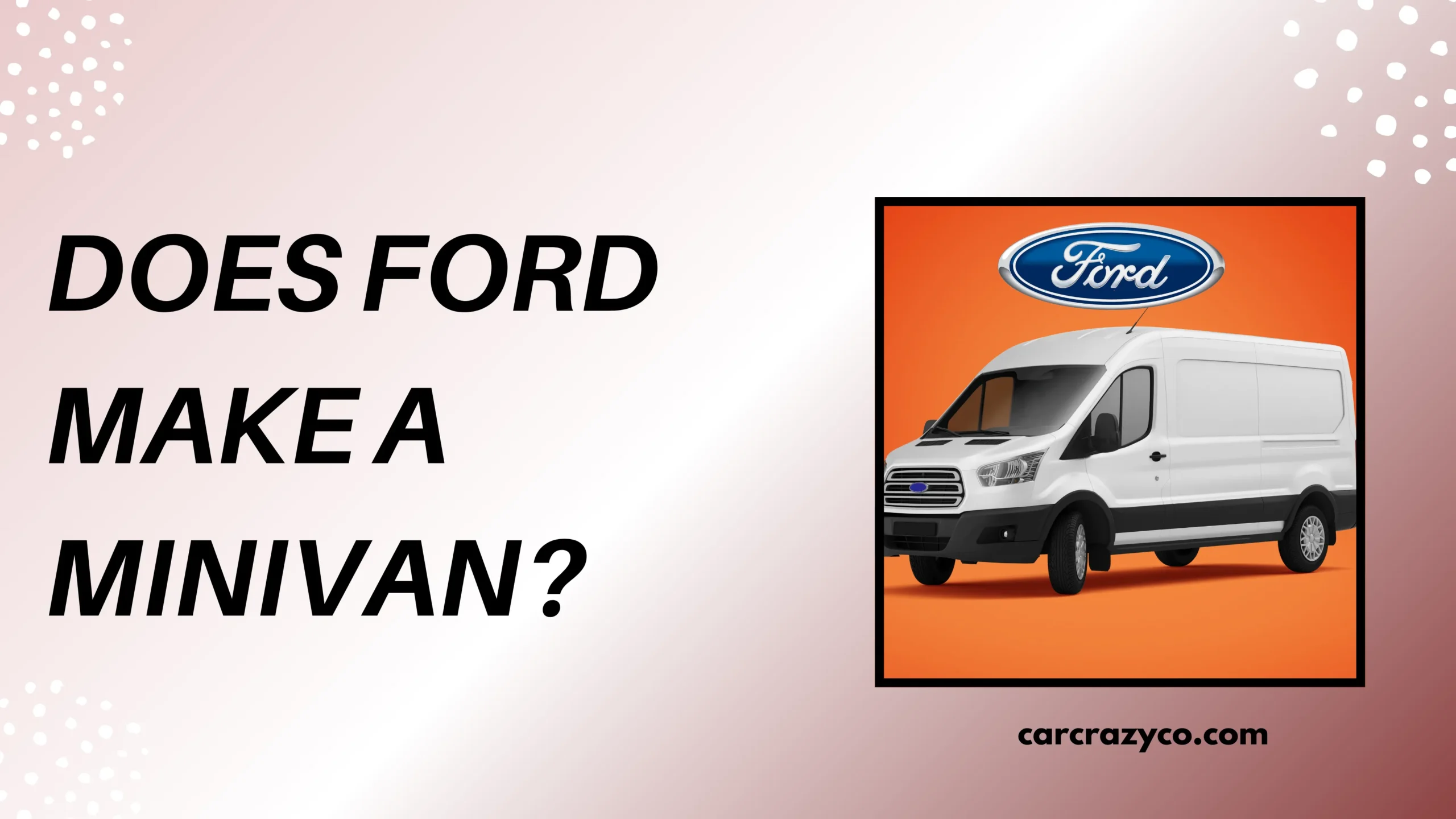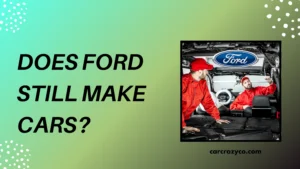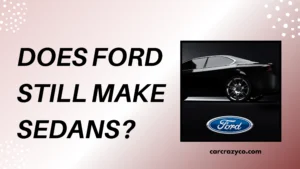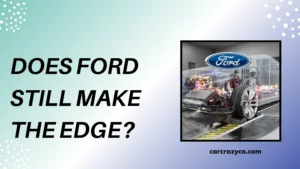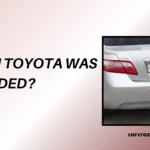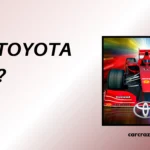When it comes to family vehicles, most people think of minivans—the go-to ride for soccer moms, weekend trips, and school pickups. But when you think of Ford, you probably imagine pickup trucks, SUVs, or the legendary Mustang.
So, you might be wondering: Does Ford still make a minivan?
This question matters more than you think, especially for families looking for space, comfort, and practicality in a world where SUVs seem to dominate.
Understanding Ford’s current lineup helps you make better choices in an auto market that’s constantly evolving. And if you’re brand loyal to Ford, it’s a key part of planning your next car purchase.
In this post, we’ll break down whether Ford makes a minivan today, the models it used to offer, and what options are available now if you still love that classic minivan feel. Buckle in—whether you’re a parent, commuter, or van-life enthusiast, this is a ride worth taking.
Contents
1. Ford’s Minivan History: The Rise of the Windstar and Freestar
Ford made its mark in the minivan market with the Ford Aerostar in the 1980s, followed by the Windstar in the 1990s. These models were designed to compete with minivan giants like the Dodge Caravan and Chrysler Town & Country.
The Ford Windstar eventually evolved into the Ford Freestar, which remained in production until 2007. These vans were known for their spacious interiors, front-wheel drive, and strong V6 engines. They were perfect for families, offering comfort and safety.
Despite initial success, sales began to decline as buyers shifted toward SUVs and crossovers, which offered similar features with a sportier design. As a result, Ford decided to exit the minivan segment in the late 2000s.
2. Why Ford Stopped Making Minivans
The biggest reason Ford stopped making minivans was the changing market demand. Buyers began to prefer SUVs, which offered all-wheel drive, higher seating, and a more rugged image than traditional minivans.
Minivan sales fell across the board, and even industry leaders like Toyota and Honda felt the impact. Ford chose to focus on high-profit vehicles like the Explorer, Expedition, and Escape, which were booming in sales.
By 2007, Ford discontinued the Freestar, officially pulling out of the minivan space. The company never released a direct successor, turning its attention toward crossover SUVs and commercial vans instead.
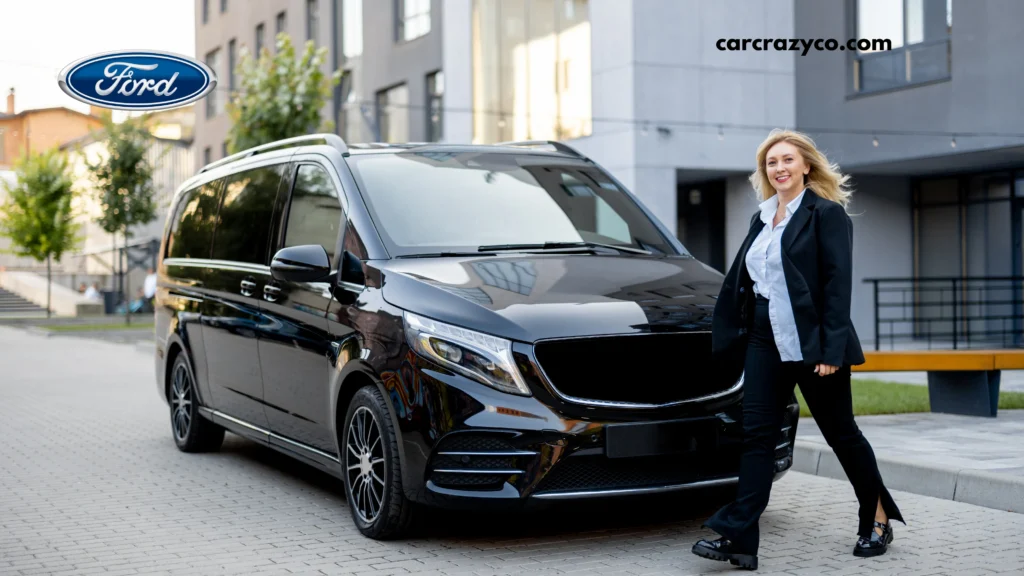
3. Does Ford Make a Minivan Today?
As of 2025, Ford does not manufacture a traditional minivan for the consumer market. However, Ford does offer passenger vans like the Ford Transit Connect and Transit Wagon, which serve similar roles.
These vans are often used by large families, shuttles, or businesses due to their flexible seating and cargo space. While not marketed as “minivans,” they offer much of the same utility—just with a boxier, commercial look.
The Transit Connect in particular is popular among urban families and fleets. It features multiple rows of seats, sliding doors, and great fuel efficiency—many of the same qualities minivan lovers want.
4. Ford’s Focus: SUVs Over Minivans
Ford has invested heavily in expanding its SUV lineup, offering over a dozen options from compact to full-size. The shift was part of a strategy to meet modern consumer demands and boost profits.
Models like the Ford Edge, Explorer, and Escape offer three-row seating, high ground clearance, and family-friendly tech. These vehicles combine the space of a minivan with the aesthetics and performance of an SUV.
Even though they lack sliding doors or a true minivan form factor, they deliver similar benefits: roomy interiors, entertainment systems, and safety features that appeal to parents and road trippers alike.
5. Alternatives for Ford Fans Who Want a Minivan Feel
If you’re loyal to Ford but still want a minivan experience, the Ford Transit Connect Passenger Wagon is your best bet. It’s available in short or long wheelbases and can seat up to seven passengers.
Another alternative is to consider a used Ford Freestar, though keep in mind it’s been out of production since 2007. Maintenance and parts might be a challenge, but some owners still love its classic design.
Outside the Ford family, those craving a traditional minivan might want to look at rivals like the Honda Odyssey, Toyota Sienna, or Chrysler Pacifica—all of which remain strong contenders in the minivan world.
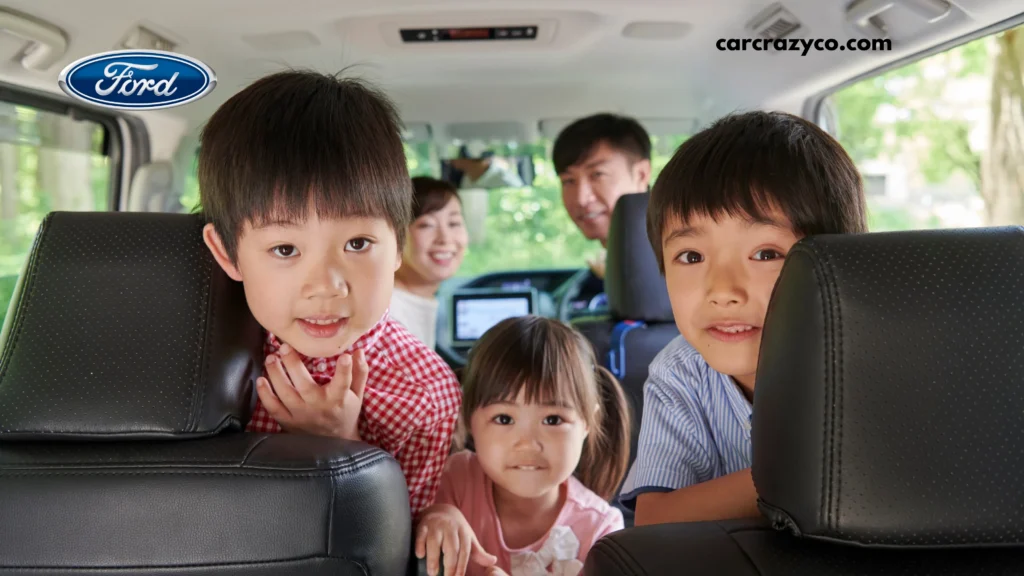
Conclusion
So, does Ford make a minivan today? The answer is no—not in the traditional sense. While Ford no longer produces models like the Windstar or Freestar, it has pivoted to offering versatile vans and SUVs that fulfill many of the same needs.
If you’re looking for sliding doors, three-row seating, and a low-floor design, you’ll need to check out the Transit Connect or go outside the Ford brand. But if you’re open to SUVs or commercial-style vans, Ford still has solid choices.
Ultimately, Ford has adapted to changing consumer trends. While the minivan era may be over for them, their focus on practical, family-friendly vehicles remains as strong as ever—just in a different package.
FAQs:
1. Does Ford currently make a minivan?
No, Ford does not make a traditional minivan anymore. The last model, the Freestar, was discontinued in 2007.
2. What replaced the Ford Freestar?
Nothing directly replaced it, but the Ford Transit Connect and SUV models like the Explorer filled the gap.
3. What is the Ford Transit Connect?
The Transit Connect is a compact passenger or cargo van that offers multiple seating options, sliding doors, and is popular for family or business use.
4. Why did Ford stop making minivans?
Declining sales, rising SUV popularity, and changing customer preferences led Ford to exit the minivan market.
5. Is the Transit Connect good for families?
Yes, the Transit Connect Passenger Wagon is spacious, fuel-efficient, and practical, especially for large families or urban driving.
6. What are Ford’s current family-friendly options?
Ford offers several SUVs like the Escape, Edge, and Explorer, all with ample room, tech features, and strong safety ratings.

